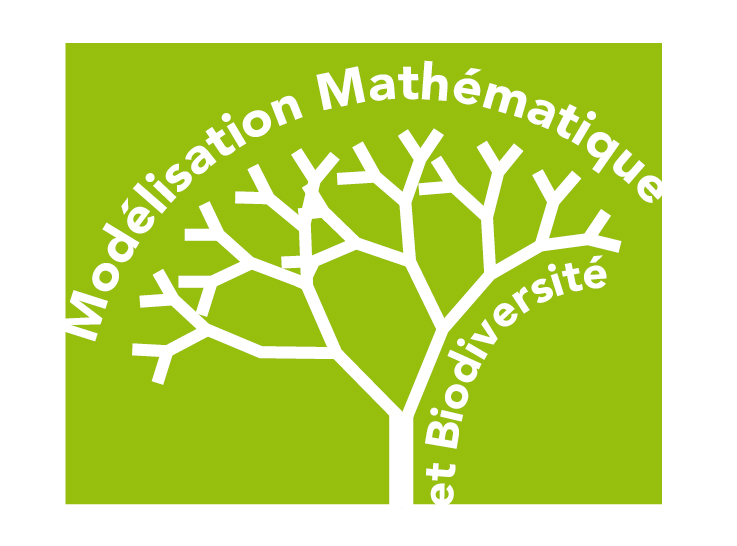| 9h30-10h15 |
Olivier Tenaillon (Faculté de Médecine Xavier Bichat)
The molecular diversity of adaptive convergence in bacterial
experimental population
|
10h15-11h00
|
Frank Redig (Université de Leiden)
From birth and death processes to Wright Fisher diffusion with selective drift.
|
| 11h00-11h30 |
Pause
|
11h30-12h15
|
Homayoun Bagheri (University of Zurich)
Empirical and Theoretical approaches to understanding the evolution of multicellularity
|
12h15-13h00
|
Robin Ryder (Université Paris Dauphine)
Phylogenetic models and MCMC methods for the reconstruction of language history
|
Résumé d'Olivier Tenaillon:
Little is known about the diversity of beneficial mutations, including
their number, their molecular and functional heterogeneity, and the
dynamics of their interactions. To address these issues, we
experimentally evolved 115 populations of Escherichia coli to 42.2°C
for 2000 generations and sequenced one genome from each population.
We identified 1331 total mutations, affecting over 600 different
beneficial sites. Few mutations were shared precisely among the
replicates, but a strong pattern of convergence emerged at the level
of genes, operons, and functional complexes. Our experiment uncovered
the primary functional targets of high temperature, but we estimate
that many other beneficial mutations could contribute to similar
outcomes. The high degree of replication in our experiment allowed us
to infer the pervasive presence of epistasis among beneficial
mutations. Epistatic interactions shaped adaptive trajectories into
at least two distinct pathways involving mutations either in the RNA
polymerase complex or the termination factor rho.
Résumé de Frank Redig:
We consider a diploid population with birth and death rates depending on a parameter,
the so-called system size. If the rates depend weakly on the type of the individual,
in the limit of large system size, we obtain fast convergence to constant population
size and Hardy Weinberg equilibrium. On the time scale of the order of the system size
we derive the Wright Fisher diffusion with selective drift.
The results are based on joint work with Hans Metz (Leiden).
Résumé de Robin Ryder:
Language diversification is a random process similar in many ways to biological evolution.
We model the diversification of so-called "core" lexical data by a stochastic process on
a phylogenetic tree. We focus on the Indo-European language family. The age of the most
recent common ancestor of these languages is of particular interest and issues of dating
ancient languages have been subject to controversy. We use Markov Chain Monte Carlo to
estimate the tree topology, internal node ages and model parameters. Our model includes
several aspects specific to language diversification, such as rate heterogeneity and the
data registration process, and we show that lexical borrowing does not bias our estimates.
We show the robustness of our model and analyse two independent data sets to estimates the age of Proto-Indo-European.
(Joint work with Geoff Nicholls.)
Références
Résumé d'Homayoun Bagheri:
All complex life forms that grow beyond microscopic scales are multicellular. Multicellularity and differentiation
are fundamental organizational themes in development, and have played a key role in the evolution of life. How does
one study the deep evolutionary transitions that led to these traits? In this talk, I use bacteria as a case study
to understand the origins of multicellularity in simple life forms. I summarize results from phylogenetic reconstruction
and genome comparisons, theoretical models of population dynamics, strain isolation, and laboratory experiments that
shed light on different aspects of the evolution of multicellularity and cellular differentiation.
Programme des rencontres de la Chaire


